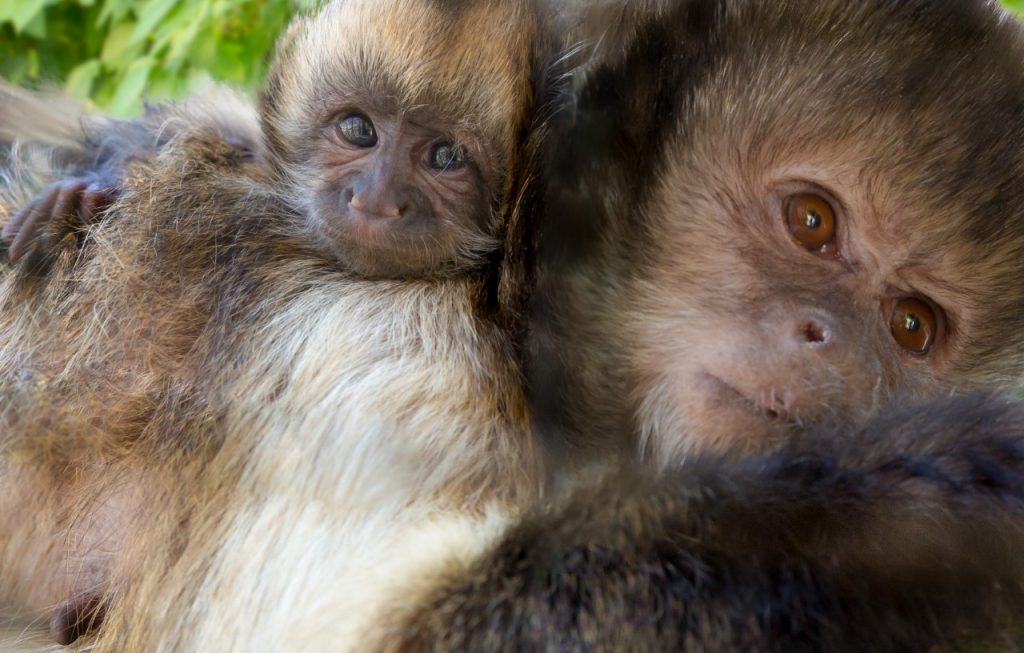A comparative study of blood lipids, electrolytes, and stress levels between captive and semi-captive orangutans (Pongo pygmaeus) under tropical conditions
Citation
Seng CF, Meng GY, Abdullah R. 2007. A comparative study of blood lipids, electrolytes, and stress levels between captive and semi-captive orangutans (Pongo pygmaeus) under tropical conditions. In Ward A, Hunt A, Maslanka M, Eds. Proceedings of the Seventh Conference on Zoo and Wildlife Nutrition, AZA Nutrition Advisory Group, Knoxville, TN.
Abstract
Blood samples were collected from 27 orangutans (Pongo pygmaeus) (14 captive and 13 semicaptive) and were analyzed for triglycerides, total cholesterol, high density lipoprotein cholesterol (HDLC), low density lipoprotein cholesterol (LDLC), sodium, potassium, chloride, calcium, phosphate, glucose, Cortisol levels, total white blood cells (WBC) and WBC differential count. There were significant differences (P<0.05) in total cholesterol and HDLC level between groups where semi-captive males had the highest level while the lowest were the captive male orangutans. When the blood lipid values were compared across age groups, the triglyceride, total cholesterol and HDLC levels of adult animals differ significantly (P<0.05) from the younger age groups. As for the blood electrolytes, there were significant differences (P<0.05) in sodium, potassium, chloride and calcium levels between captive and semi-captive orangutans. Finally, captive orangutans had higher (P<0.05) serum Cortisol level and neutrophihlymphocyte ratio as compared to semi-captive orangutans suggesting that captive orangutans are in more stressful states. Based on the results, captive orangutans tend to have “less” desirable blood lipids and are “potentially” more stressful than semi-captive orangutans. In this study, it is evident that nutrition plays a sizable role in deterniining the blood lipids and electrolyte levels. Other factors that affect blood lipids are gender and age. As for the stress levels, it was postulated that the lack of stimulating environment and enrichment programs in captive environment, may have lead to the increase in stress indicators.
 Seng – COMP ARA TIVE STUDY OF BLOOD LIPIDS, ELECTROL YTES AND STRESS LEVELS BETWEEN CAPTIVE AND SEMI-CAPTIVE ORANGUTANS {PONGO PYGMAEUS).pdf 2 MB
Seng – COMP ARA TIVE STUDY OF BLOOD LIPIDS, ELECTROL YTES AND STRESS LEVELS BETWEEN CAPTIVE AND SEMI-CAPTIVE ORANGUTANS {PONGO PYGMAEUS).pdf 2 MB








